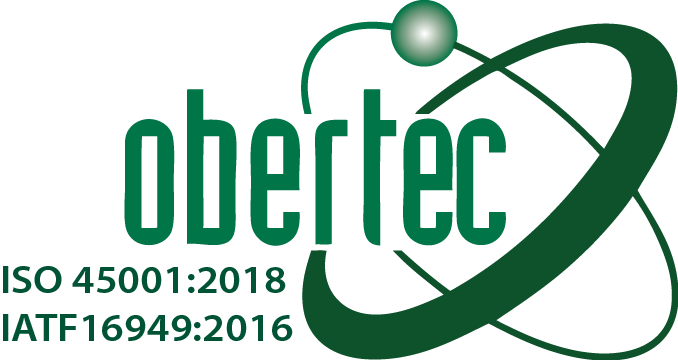- Need more information?
- 905.625.9955
- obertec@obertec.com
Fine Finishing

At Obertec Limited the final surface finishing is always our first consideration. Before we proceed, there is a process of evaluation in place on how to best achieve the desired results. There are variety of finishes we can apply. Each process is different, every result can be customized to fit client specifications. From rough to lustre… contact Obertec Limited for your own processing.
Mass finishing processes can be configured as either batch systems, in which batches of workpieces are added, run, and removed before the next batch is run, or as continuous systems, in which the workpieces enter at one end and leave at the other end in the finished state. They may also be sequenced, which involves running the workpieces through multiple different mass finishing processes; usually, the finish becomes progressively finer. Due to the random action of the processes, mass finishing is as much an art as it is a science.
Mass finishing is a group of manufacturing processes that allow large quantities of parts to be simultaneously finished. The goal of this type of finishing is to burnish, deburr, clean, radius, de-flash, descale, remove rust, polish, brighten, surface harden, prepare parts for further finishing, or break off die cast runners. The two main types of mass finishing are tumble finishing, also known as barrel finishing, and vibratory finishing. Both involve the use of a cyclical action to create grinding contact between surfaces. Sometimes the workpieces are finished against each other; however, usually a finishing medium is used. Mass finishing can be performed dry or wet; wet processes have liquid lubricants, cleaners, or abrasives, while dry processes do not. Cycle times can be as short as 10 minutes for nonferrous workpieces or as long as 2 hours for hardened steel.



